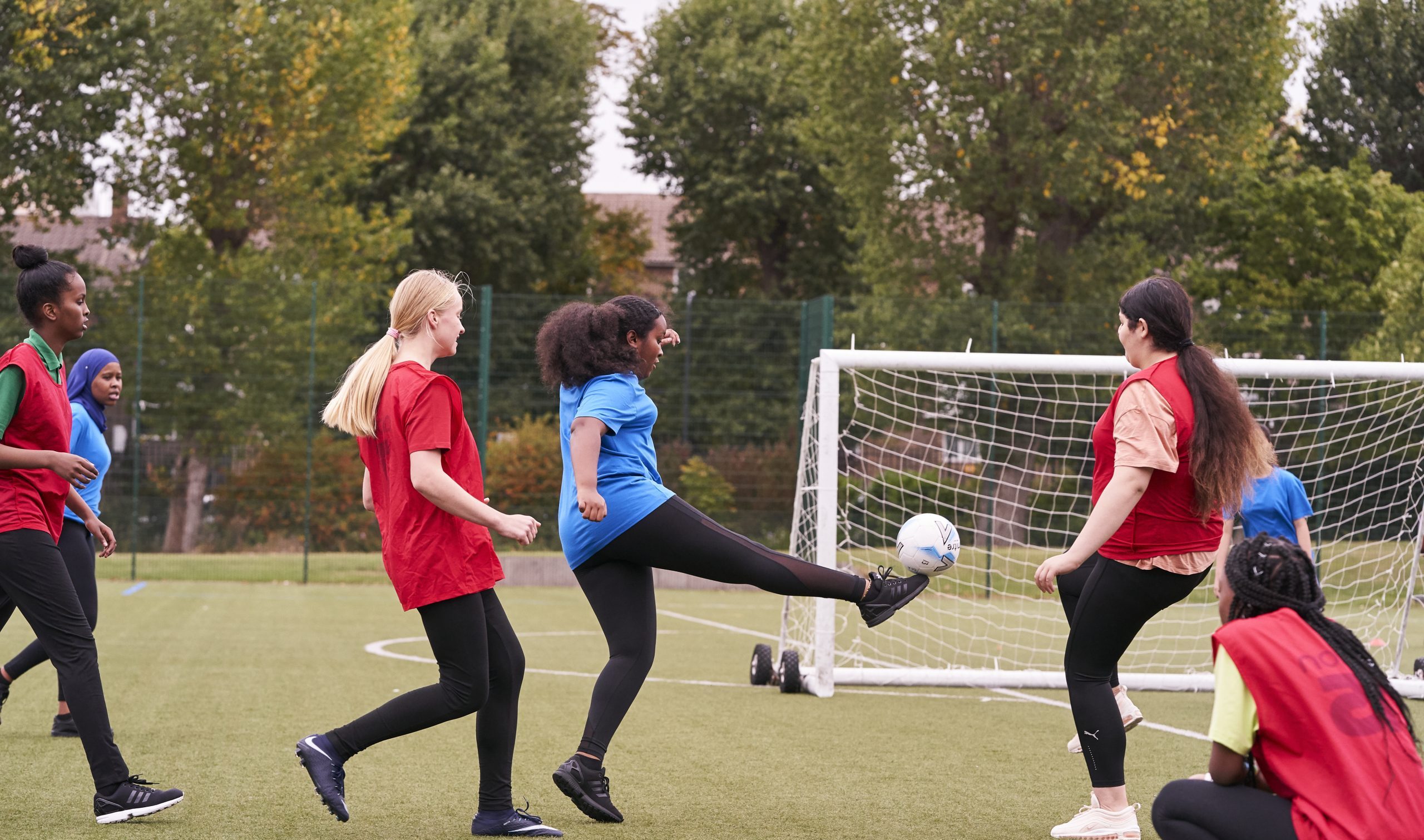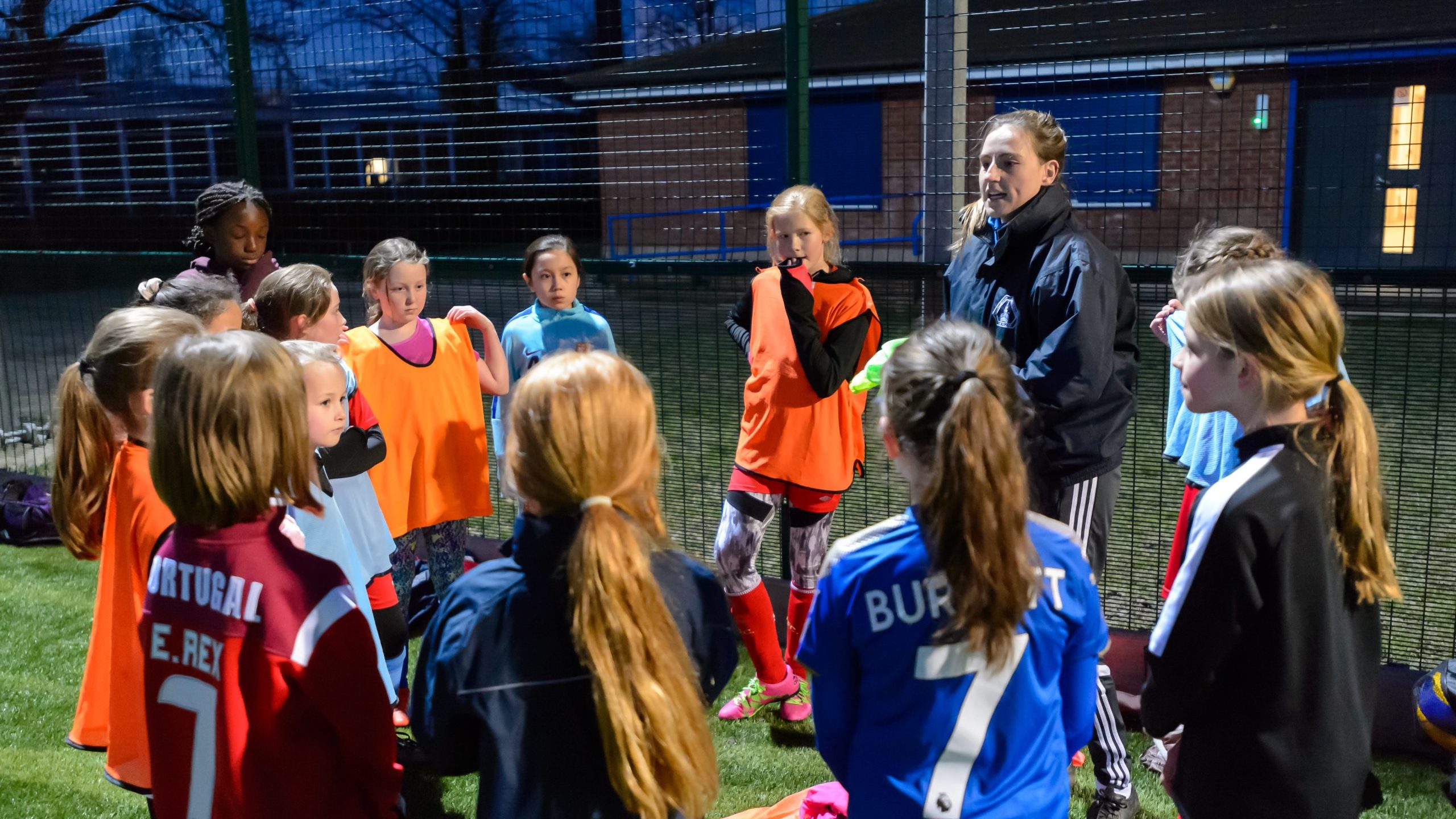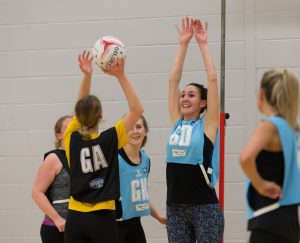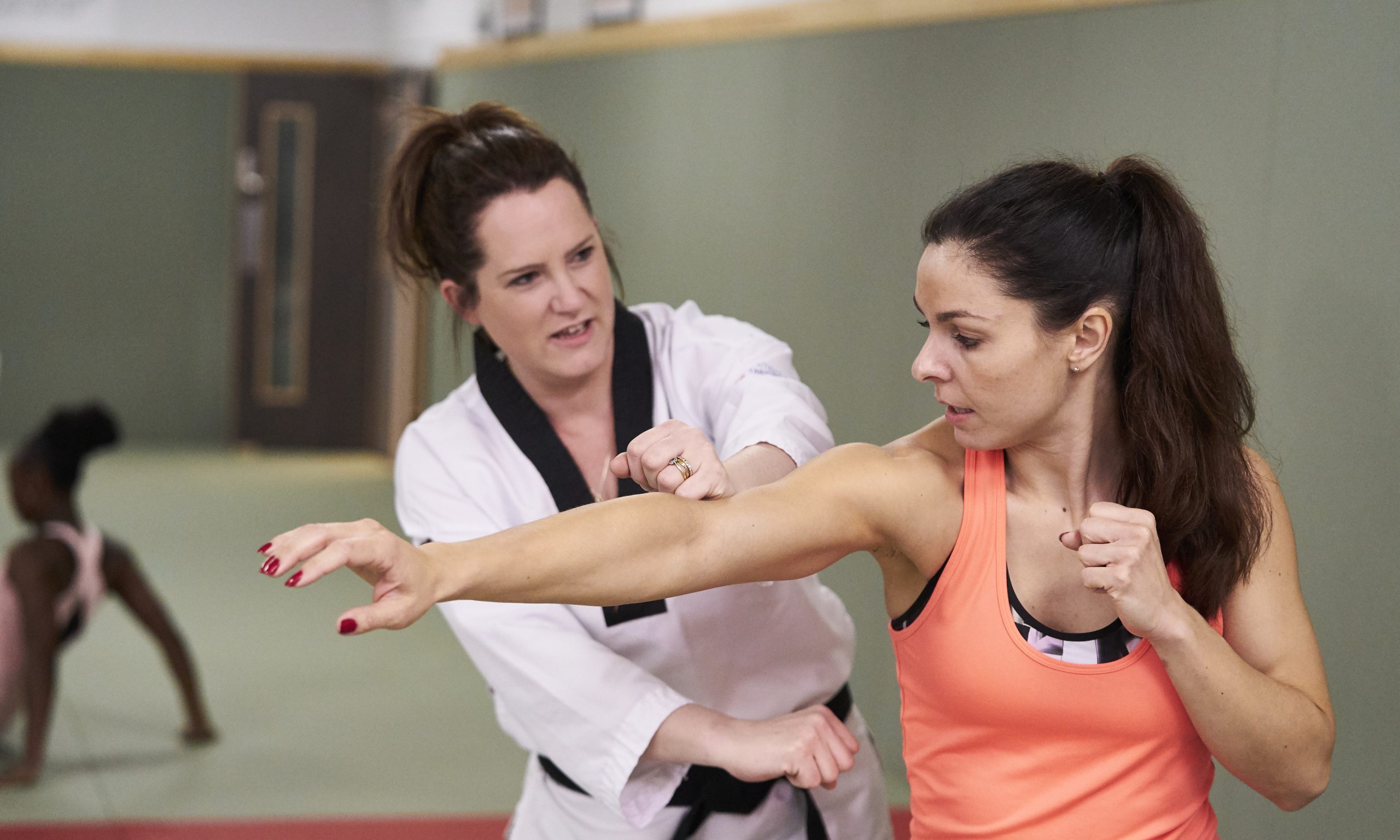
What is Gender Budgeting?
Find out about gender budgeting in sport and how it can ensure women and girls are receiving a fair deal in sport and society.

We urge the UK Government to make gender impact reporting a requirement of receiving public money for all sporting organisations in England, with a medium-term aim to introduce gender budgeting across sport.
 Why do we care about gender budgeting?
Why do we care about gender budgeting?At Women in Sport, we know that sport transforms lives: it empowers individuals and communities, it brings together whole nations, and it is critical to our mental and physical health and well-being. Yet it is still a domain with long-standing biases and deeply rooted gender stereotypes. This is holding girls and women back from the benefits and joy of sport.
The governance structures that exist in most sports have been around for hundreds of years. In many sports, systems have existed in the past to actively exclude women from playing, in some cases until very recently. The resource allocation within sport at every level exist within these deeply gendered structures. How will they ever be fairly allocated to benefit girls and women as well as boys and men unless proactive steps are taken to ensure that they do? This is what gender budgeting will help to do.
 The extent of the problem
The extent of the problemIn the 2021-22 financial year, the Department for Culture, Media and Sport spent over £1.1billion on sport in England. And yet the money spent on sport in the UK is clearly not delivering for women and girls. We have to question how much of it is really being spent on them at all.
To take just a few examples:
 Gender impact reporting
Gender impact reportingWe can’t solve a problem the scale of which we don’t fully understand. We need to know how much the sport sector is spending, in terms of money and other resources, on women and girls now before we can move forward. That’s why gender impact reporting is the first step in moving towards fair funding in sport.
Just like environmental impact assessments and gender pay gap reporting, gender impact reporting will shine a light on the effects that budgeting decisions have on girls and women in sport. Gender impact reporting is about considering all aspects of a sport that are affected by financial decisions; things like salary and training costs for staff, access to facilities, and coaching time available to men and women. By analysing how the full range of resources are being spent across the breadth of a sport we will start to reveal how much investment there really is in women and girls.
We recognise that this will not be a straightforward task and that sports organisations will need support. This includes support from the Government. Which is why we are urging the UK Government to take the first step and introduce a requirement for all organisations involved in the funding and/or delivery of sport and physical activity and in receipt of UK Government money to implement gender impact reporting.
 Gender budgeting
Gender budgetingGender budgeting will build on the foundation of gender impact reporting. Gender budgeting will involve analysing the results of a gender impact report and planning future resource allocation so that girls and women will ultimately benefit equally. It goes beyond adjusting spending to ensure a 50-50 split for men and women. It will be essential to engage women and girls in these processes.
Gender budgeting doesn’t necessarily mean that either government or individual sports must spend more overall.
Gender budgeting should be a fundamental part of good business and financial planning and without it we will not be able to level the playing field for women and girls in sport. For some sports this will take many years to achieve, given the history of inequality that has existed in some sports.
Gender budgeting can be a powerful tool, acting as a circuit break for sport that enables a fairer system of resource allocation at both grassroots and elite level.
The UK Government should introduce a requirement for all organisations involved in the funding and/or delivery of sport and physical activity and in receipt of UK Government money to implement gender impact reporting, with a medium-term aim to introduce gender budgeting in sport.
[1] As defined by Sport England’s Active Lives survey: Active Lives | Sport England Active Lives Adult Survey November 2021-22 Report (sportengland-production-files.s3.eu-west-2.amazonaws.com)
[2] Media toolkit | ROS (theros.org.uk) Media toolkit | ROS (theros.org.uk)
[3] McManus S, Bebbington P, Jenkins R, Brugha T. Mental health and wellbeing in England: Adult Psychiatric Morbidity Survey 2014 [Internet]. Leeds; 2016
[4] Prevalence | Background information | Eating disorders | CKS | NICE Prevalence | Background information | Eating disorders | CKS | NICE

Find out about gender budgeting in sport and how it can ensure women and girls are receiving a fair deal in sport and society.

We’re proud of the work we do and we’re proud of the partners we work with, see a selection of case studies featuring recent work and partnerships here.